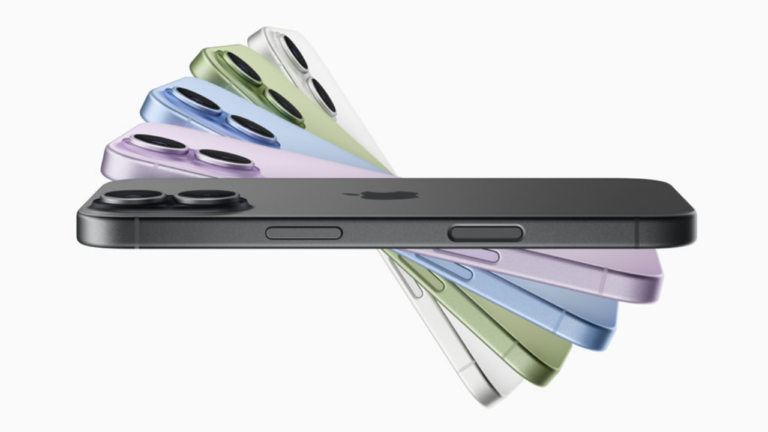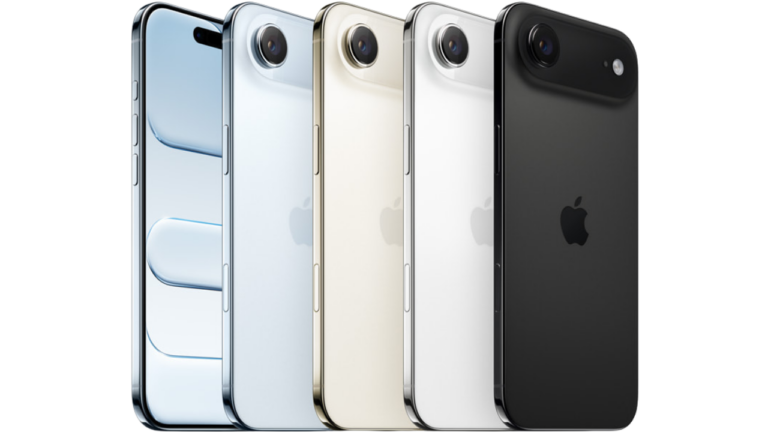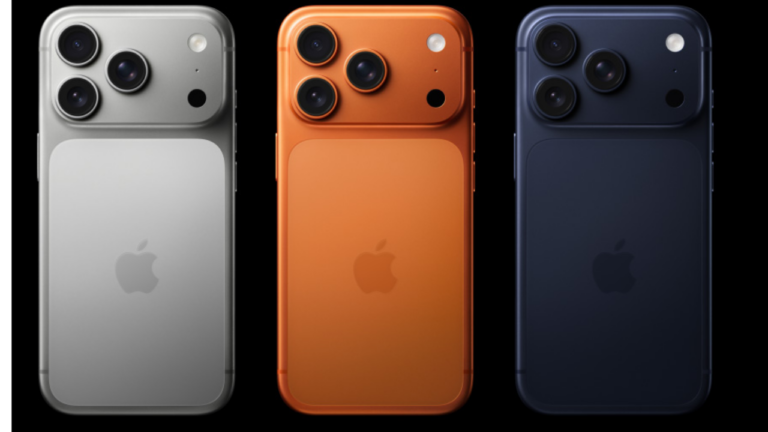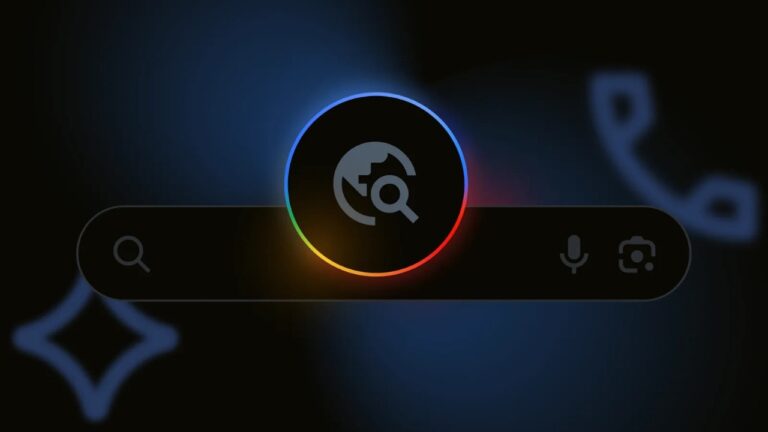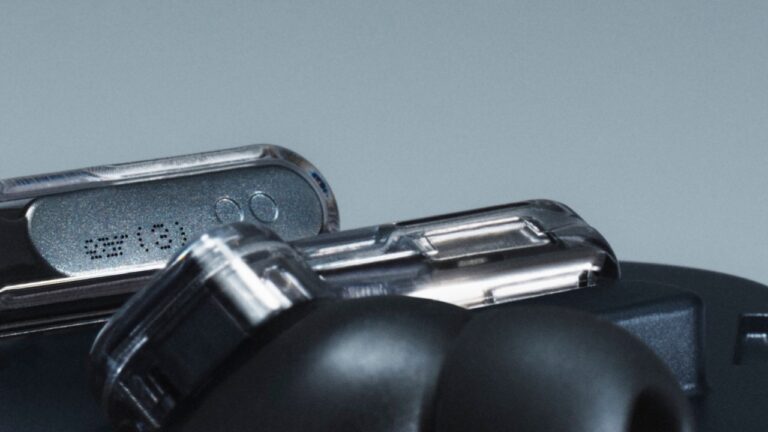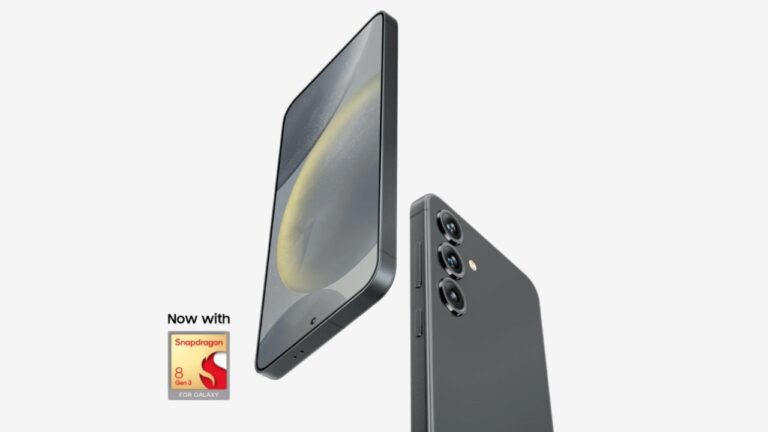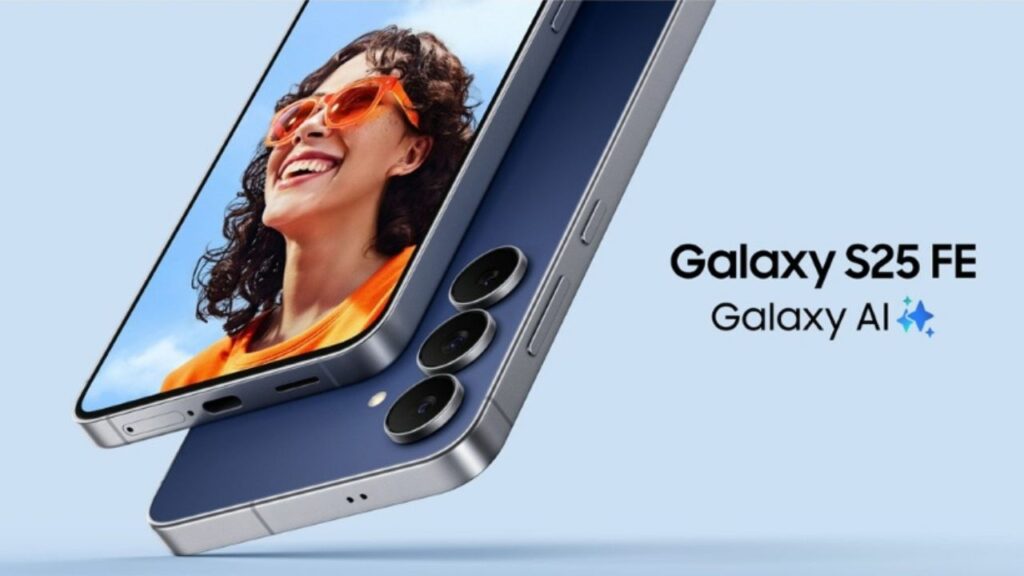Apple has officially unveiled the iPhone 17, which has a lot of improvements in design, performance, and camera hardware. Starting September 12, people will be able to pre-order the company’s newest flagship smartphone. Retail sales will start a week later, on September 19, in more than 60 countries.
Smoother and Smarter Display
The iPhone 17 has a 6.3-inch Super Retina XDR display with ProMotion technology. The Refresh Rate dynamically changes between 1Hz and 120Hz, making the experience smoother and saving battery life for simple tasks like checking the time or reading static content.
Apple has also introduced Ceramic Shield 2, a tougher version of its front glass, which it claims offers triple the scratch resistance of its predecessor. Also, an anti-reflective coating has been added to cut down screen glare.
Under the Hood: A19 Chip Powers On-Device Intelligence
Apple’s A19 chip, which is built on a 3nm architecture, is at the heart of the new iPhone. With a six-core CPU and a five-core GPU, Apple says it’s designed to deliver better multitasking, faster App performance and more power-efficient operation.
The new neural engine also enhances AI capabilities on devices. This includes improvements to photo processing, voice recognition and support for real-time apps like live translation and AI-driven camera effects, all without using cloud servers.
Upgraded Cameras with a Focus on Versatility
Photography and video get a notable bump. The rear setup now includes a 48MP primary sensor and a 12MP 2x optical-quality telephoto lens. The system supports Apple’s Dual Capture feature, which lets users shoot with both front and rear cameras simultaneously—targeting vloggers and content creators.
The front camera gets a fresh upgrade too. Apple has introduced a Center Stage-enabled 18MP selfie camera that automatically adjusts framing during video calls and recordings. The wider field of view and support for 4K HDR video aim to improve both casual selfies and more serious content production.
Apple iPhone 17: Storage, Colour Options and Indian Pricing
Apple has doubled the base storage on the iPhone 17, which now starts at 256GB. If you need more space for apps and media, you can get the 512GB variant.
The 256GB version costs ₹82,900 in India, and the 512GB version costs ₹1,02,900. There will be five colours of the iPhone 17: black, lavender, sage, mist blue, and white.
Rollout Plans
Pre-orders begin on September 12, with general availability from September 19. Apple plans to launch the device simultaneously across more than 60 markets, including India, the U.S., and most of Europe.


